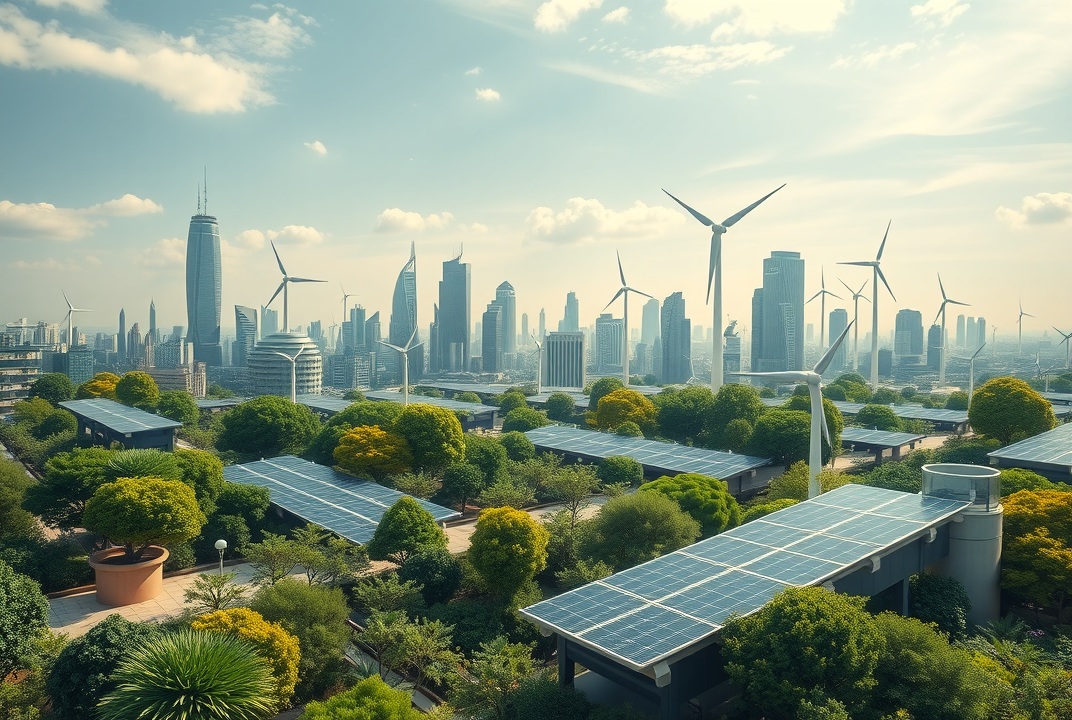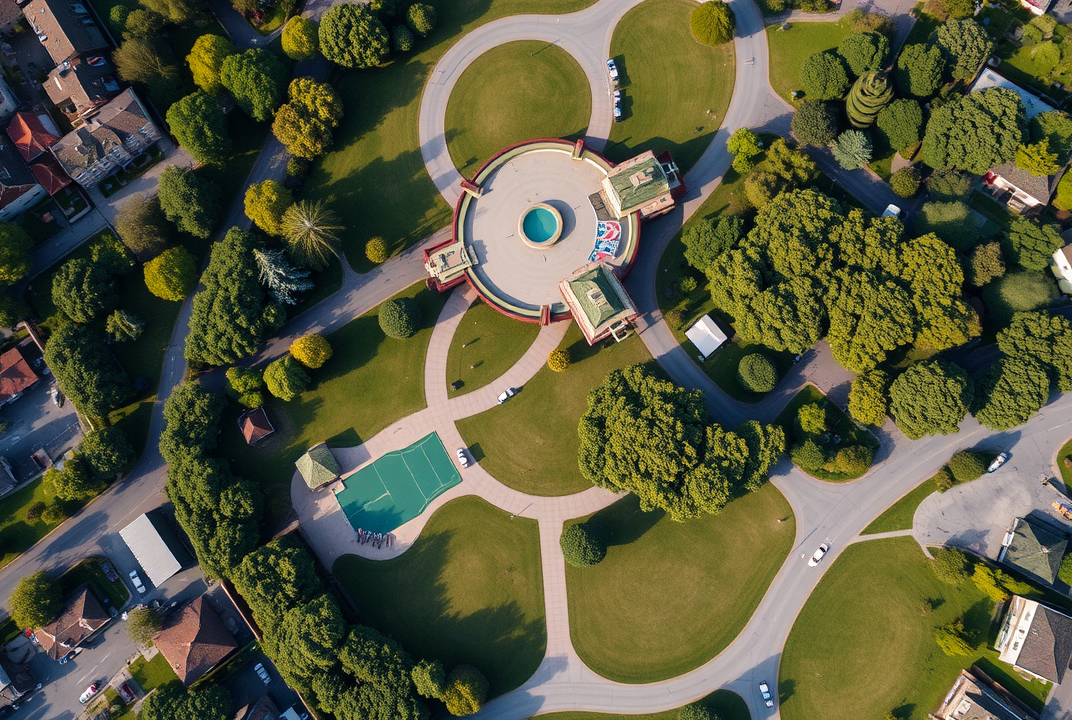Building the Future: Urban Planning and Sustainable Development

Introduction
Imagine a city filled with lush parks, sparkling rivers, and clean air where everything you need is just a short walk or bike ride away. It's the kind of city that sounds like a dream, but could actually be our future. How can we create such livable and enjoyable places? Through sustainable development in urban planning.
Urban areas are growing fast, and how we plan these spaces can impact everything from the environment to our own happiness. This article will guide you through what sustainable development means for city planning, why it matters, and how it can transform our cities into better spaces for everyone.
You'll learn about the role of green spaces, how smart technology makes cities more efficient, and the surprising ways sustainable practices can lead to economic growth.
What is Sustainable Urban Planning?
Think of sustainable urban planning as a recipe for building cities that are healthy for both people and the planet. It’s about making sure that everything you do today doesn’t mess things up for tomorrow.
Key Ingredients of Sustainable Urban Planning:
-
Green Spaces: Parks and gardens that give people room to play and help cool the city down.
-
Public Transport: Buses, trains, and bike lanes to help people move around easily without using cars.
-
Smart Energy Use: Making sure buildings use less energy and rely more on sources like the sun or wind.
-
Community Involvement: Getting everyone’s ideas on how to shape the city.
The goal is to make cities that give us clean air, water, safe homes, and healthy food, and allow us all to enjoy life more.

Why is Sustainable Development Important in Urban Planning?
Imagine if cities grew without any sort of plan; it’d be chaos! Sustainable development ensures we think about the long-term impact of city growth on our environment, health, and economy.
Benefits of Sustainable Urban Planning:
-
Protecting the Environment: Using renewable energy, creating wildlife habitats, and reducing pollution.
-
Promoting Health: Less air pollution means healthier lungs, and parks encourage us to get outside and exercise.
-
Enhancing Quality of Life: Green spaces and safe streets make cities a pleasant place to live.
-
Economic Growth: Investing in sustainable projects often leads to new jobs and innovative business opportunities.
Governments, developers, and citizens all play a role in making sure sustainable practices are part of urban planning.
How to Implement Sustainable Development in Urban Planning?
Here, we'll look at some steps and strategies cities use to grow sustainably.
-
Planning Ahead: Cities plan for the future by considering the current and future needs of their residents.
-
Create strategies for land use, transportation, and housing that minimize environmental harm.
-
-
Using Technology: Tools like data analysis and AI help cities make smarter decisions.
-
Track energy usage, traffic patterns, and even predict future needs with technology.
-
-
Engaging the Community: Get input from the people who live there to make development more effective.
-
Community meetings, surveys, and workshops help city planners hear different voices.
-
Case Study: Copenhagen, Denmark
Copenhagen is often cited as a model city for sustainable development thanks to its focus on renewable energy and cycling infrastructure. In Copenhagen, power plants turn waste into energy, and bicycles outnumber cars on the streets.
Challenges in Sustainable Urban Development
Implementing sustainable urban planning isn’t all sunshine and roses; there are challenges faced worldwide.
Common Roadblocks:
-
Cost: Green technologies can be expensive to install upfront.
-
Resistance to Change: People might prefer the status quo and be against new developments.
-
Complexity: Balance between economic growth and environmental protection can be tricky.
Despite these challenges, the long-term benefits often outweigh the short-term hiccups.
The Future of Sustainable Cities
As cities continue to grow, the role of sustainable development is more crucial than ever. Using cutting-edge technology alongside traditional methods allows for flexible and adaptable city planning.
Imagine "smart cities" equipped with sensors that help optimize traffic and monitor air quality. Or urban farms that flourish on rooftops, feeding the city's population with locally grown produce.

Conclusion: Building Tomorrow's Cities Today
Sustainable urban planning is an important step toward healthier, more vibrant cities. They promise cleaner environments, improved quality of life, and even economic prosperity.
As citizens, we can support sustainable projects within our cities by using public transport, attending community planning meetings, and promoting green practices. Your voice matters! Together, we can help create cities that we’ll want to live in and leave for future generations.
This is not just about building cities; it's about building communities that thrive, stay healthy, and sustain future generations.

